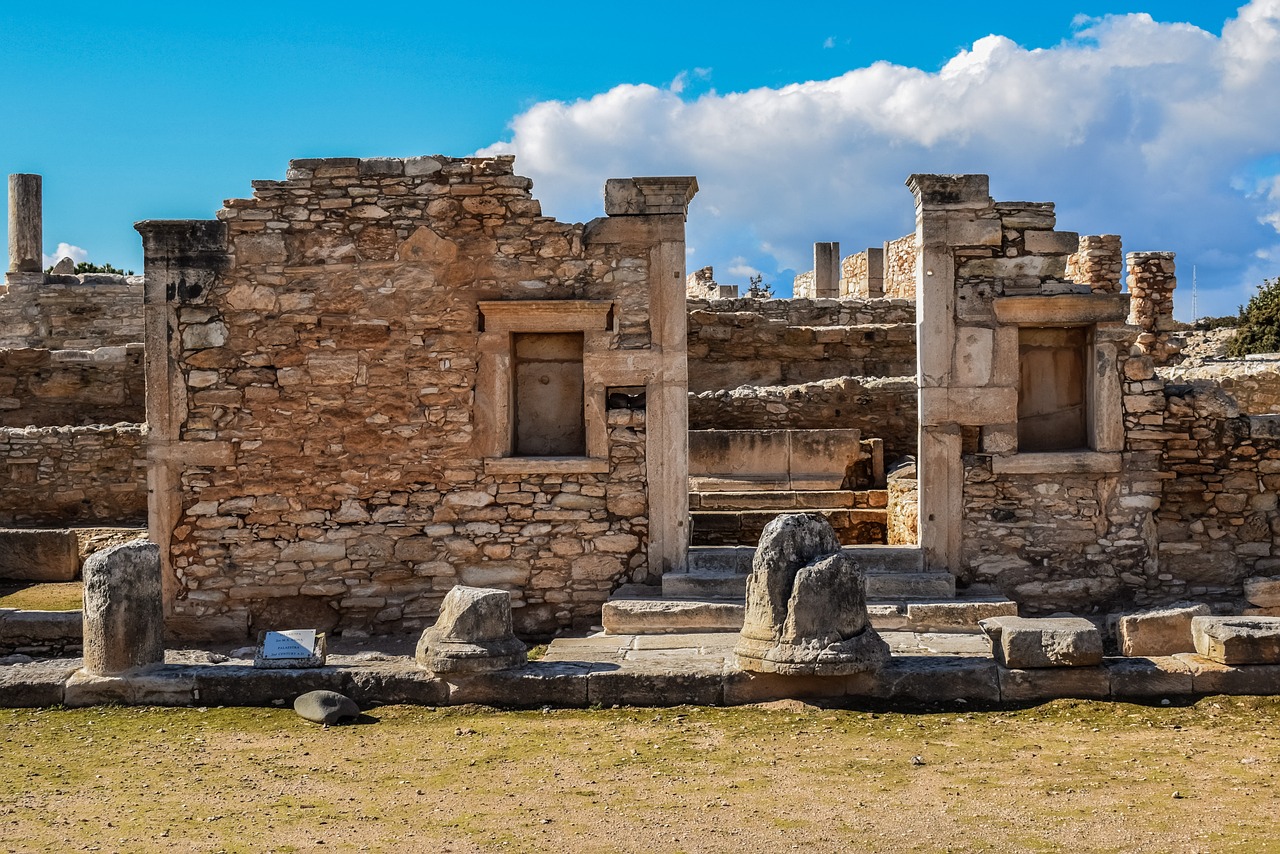The Mysterious Disappearance of the Mayans
The Mysterious Disappearance of the Mayans continues to captivate historians and archaeologists alike, as the once-thriving civilization in Mesoamerica vanished without a trace, leaving behind a legacy shrouded in mystery and intrigue. The enigmatic vanishing of the Mayans has sparked numerous theories and speculations, each attempting to unravel the secrets of their sudden disappearance.
Researchers have delved into the Collapse of Classic Maya Civilization, seeking to understand the complex factors that led to the decline of this powerful ancient society. Environmental Catastrophes, including devastating droughts, hurricanes, and crop failures, are believed to have played a significant role in the downfall of the Mayan civilization, disrupting their agricultural practices and leading to widespread famine.
Social Unrest and Conflict also plagued the Mayan city-states, as internal conflicts, political instability, and social unrest weakened their once-mighty empire. Archaeological Evidence has provided valuable insights into the final days of the Mayans, offering clues to their disappearance through the discovery of abandoned cities and ceremonial sites.
Cultural Transformation within the Mayan society, marked by shifting religious beliefs and societal norms, may have further contributed to their decline. The disruption of Trade Networks, economic challenges, and external pressures from neighboring civilizations also played a role in the downfall of the Mayans, leading to a gradual unraveling of their once-thriving civilization.
As scholars continue to debate the enigma surrounding the Mayans, various Theories and Speculations have emerged, ranging from environmental catastrophes to epidemic diseases and even alien intervention. Despite their disappearance, the Legacy of the Mayans endures through their remarkable contributions to art, astronomy, mathematics, and architecture, leaving an indelible mark on history.

Collapse of Classic Maya Civilization
Exploring the enigmatic vanishing of the Mayan civilization and the various theories proposed by researchers to explain this historical mystery.
The collapse of the Classic Maya Civilization remains a captivating enigma that has puzzled historians and archaeologists for centuries. This once-powerful civilization, known for its advanced knowledge in astronomy, mathematics, and architecture, experienced a dramatic decline that led to the abandonment of their magnificent cities. Various factors have been suggested as contributing to this downfall, shedding light on the complex web of events that led to the end of an era.
One of the key factors believed to have played a significant role in the collapse of the Classic Maya Civilization is environmental catastrophes. Severe droughts, devastating hurricanes, and widespread crop failures are thought to have put immense pressure on the Mayan society, leading to food shortages, resource depletion, and ultimately, societal unrest. The inability to cope with these environmental challenges may have weakened the once-thriving civilization, pushing it towards the brink of collapse.
Moreover, internal conflicts, political instability, and social unrest within the Mayan city-states are also considered crucial elements in the downfall of the civilization. Power struggles, competition for resources, and the breakdown of social order may have eroded the foundations of the society, creating divisions that weakened its ability to withstand external pressures.
Archaeological evidence uncovered from excavations of Mayan sites provides valuable insights into the final days of the civilization. Ruins of abandoned cities, evidence of violent conflicts, and depictions of societal upheaval in Mayan artwork offer glimpses into the tumultuous events that marked the decline of this once-great civilization.
Furthermore, cultural transformations, religious shifts, and changes in societal norms are believed to have played a role in the collapse of the Classic Maya Civilization. The evolution of belief systems, the reconfiguration of power structures, and the adaptation to changing circumstances may have contributed to the gradual unraveling of the social fabric that sustained the Mayan society.
Trade networks disrupted by external pressures, economic challenges, and the decline of key resources are also seen as factors that hastened the collapse of the Mayan civilization. The loss of vital trade routes, the diminishing flow of goods and resources, and the increasing isolation of the Mayan city-states may have further weakened their resilience in the face of mounting challenges.
Examining various theories and speculations proposed by scholars to unravel the mystery behind the sudden disappearance of the Mayans.
Reflecting on the enduring legacy of the Mayan civilization and its contributions to art, astronomy, mathematics, and architecture.

Environmental Catastrophes
The collapse of the mighty Mayan civilization has long been shrouded in mystery, with researchers delving into various factors that might have contributed to their downfall. One prominent theory revolves around the impact of environmental catastrophes on the once-thriving society. Imagine a land once lush and vibrant, now facing the wrath of relentless droughts, devastating hurricanes, and relentless crop failures. These natural disasters, like fierce storms on a calm sea, could have disrupted the delicate balance of the Mayan way of life, leading to widespread chaos and instability.
As the lifeblood of the Mayan society, agriculture was deeply intertwined with their culture and rituals. The sight of withered crops and parched lands would have struck at the very heart of their existence, akin to a dagger piercing through a warrior's armor. The inability to sustain their agricultural practices due to environmental challenges could have triggered a domino effect, causing food shortages, famine, and ultimately, societal collapse. It's like watching a grand tapestry slowly unraveling thread by thread, revealing the harsh reality beneath the intricate facade.
Moreover, the reliance on natural resources for construction, trade, and sustenance would have made the Mayans particularly vulnerable to the whims of Mother Nature. Picture a once-thriving city now reduced to rubble, its monumental structures crumbling like sandcastles against the relentless tide. The destructive force of environmental catastrophes could have rendered their once-glorious cities uninhabitable, forcing the Mayans to abandon their ancestral homes in search of greener pastures. It's a poignant reminder of the ephemeral nature of human achievements in the face of nature's unforgiving power.

